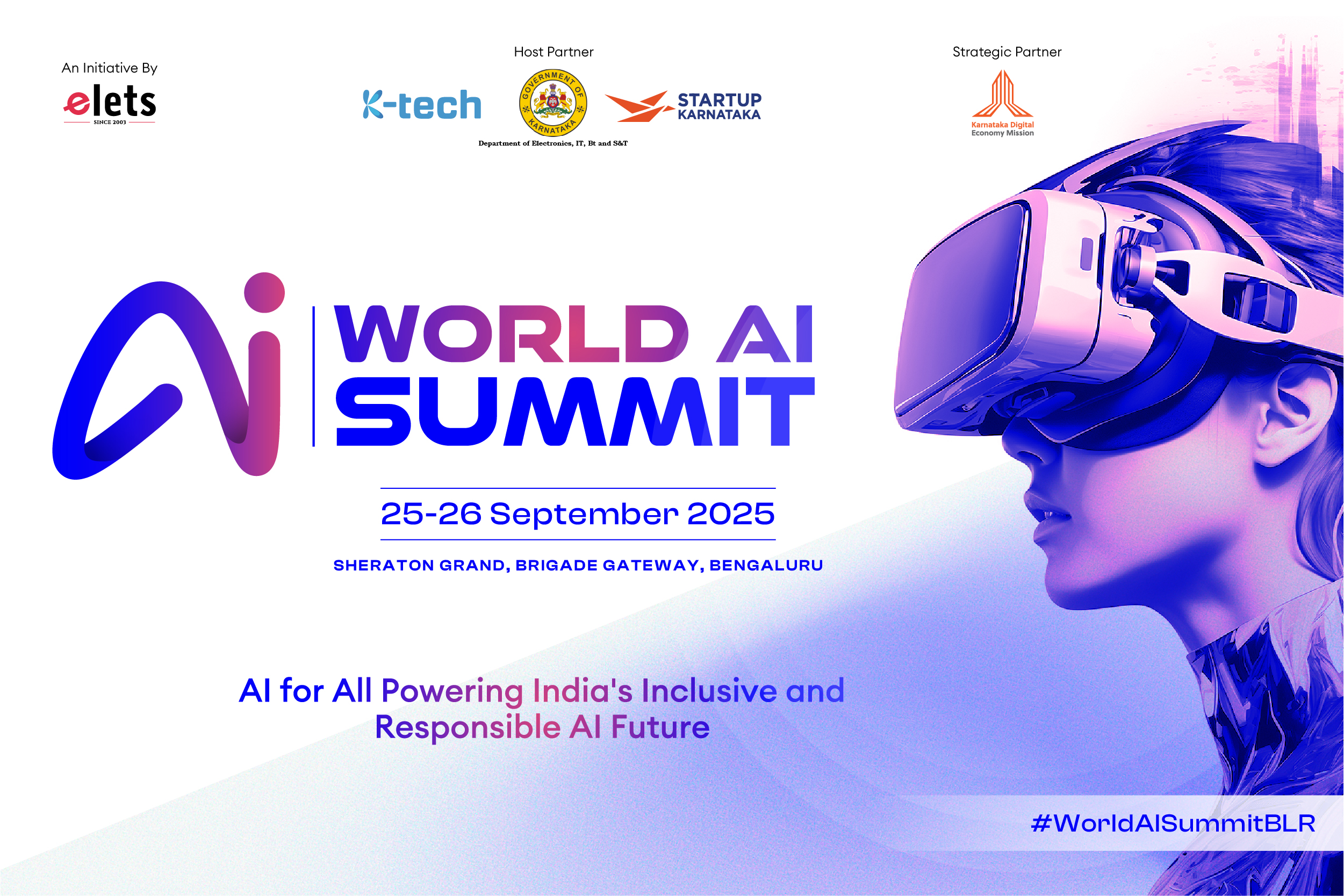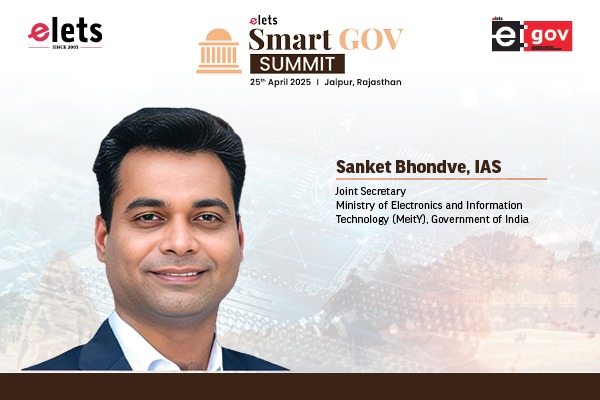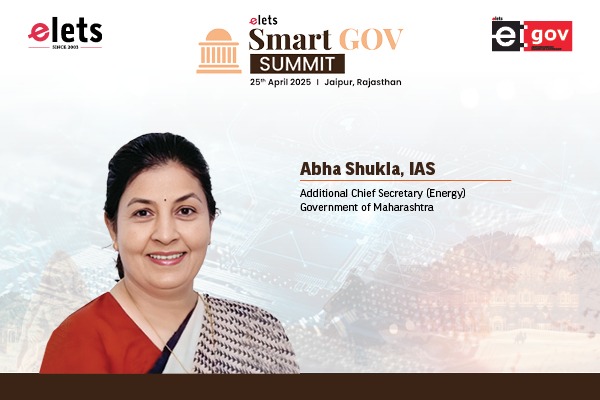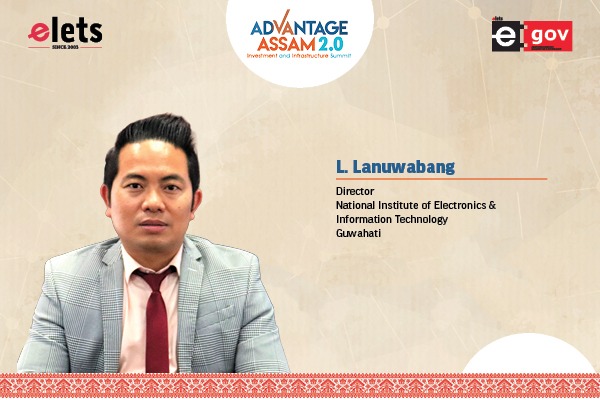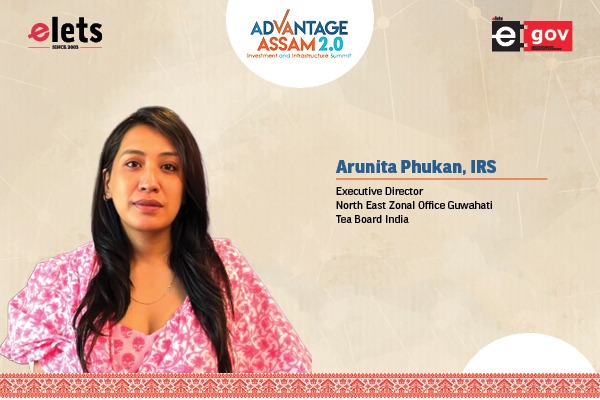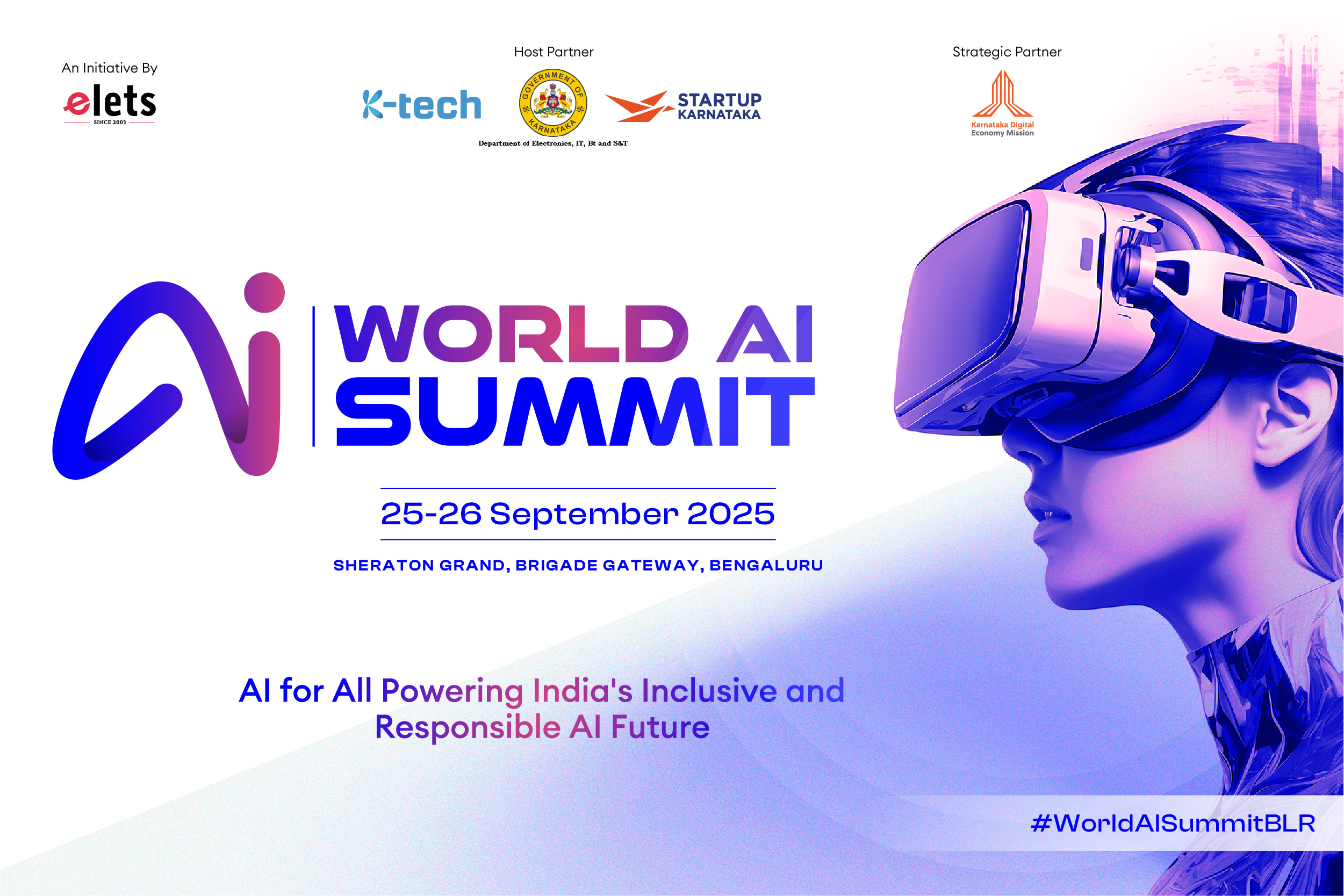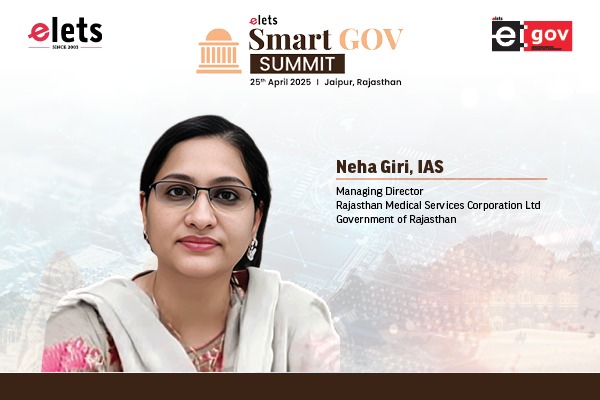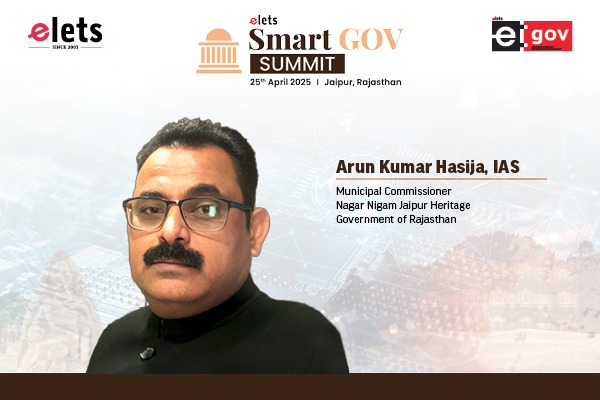
Lack of access to clean drinking water is a prevalent issue in India and this poses a major threat as millions suffer the wrath of the dry season every year and have to walk miles to fetch water, especially in remote areas of the country. Whereas, in cities and towns many colonies do not have a proper piped water supply which again raises challenges for the people to meet their daily water requirements. To curb the woe, the Centre rolled out ‘Jal Jeevan Mission’ that aims to provide each household with clean and safe drinking water, writes Adarsh Som of Elets News Network (ENN).
How ironic! Water is vital for life yet is one of the most exploited resources by most intelligent mortals, us humans. The National Sample Survey (NSS) conducted between July and December 2018 showed that only 58.2 per cent of the rural households in India have access to safe drinking water. Whereas, the count in urban areas showed 80.7 per cent, as per the data from the India Water Portal. This called for urgent attention from the government authorities. Taking the bull by its horns, the Prime Minister of India Narendra Modi launched the ‘Jal Jeevan Mission’ on August 15, 2019, from the Red Fort during his Independence Day address to the nation.

A benchmark move by the Centre was the formation of the Ministry of Jal Shakti in May 2019 to dedicatedly work to curb the water woes in the country. The launch of the ambitious Jal Jeevan Mission (JJM) was a ray of hope to millions in the rural and remote parts of India. With a vision of providing every rural household drinking water supply in an adequate quantity of prescribed quality on a regular and long-term basis at affordable rates, the Ministry of Jal Shakti implemented JJM. According to the Ministry’s data, more than 69 million rural households have received tap water connections, as of February 27, 2021. This infers that slightly over 36 per cent of the total rural households have benefitted from the Jal Jeevan Mission.

Taking piped water house to house and village to village is not the sole goal of the Mission. As per the Ministry of Jal Shakti, the programme also focuses on implementing measures for inducing source sustainability as a mandatory element such as recharge and reuse through greywater management, water conservation, harvesting rainwater, and more. Besides this, the Mission is based on a community approach to water. It also includes extensive information, education and communication as a key component of the mission. JJM is en route to creating a ‘Jan Andolan’ for water and thereby making it a priority for everyone.

Also Read: PM Modi launches Jal Shakti Mission: Catch the Rain on World Water Day 2021

Considering the effectiveness of JJM, it becomes important to take a glance at the key components of the mission. These include:
- Development of piped water supply infrastructure in villages to provide tap water connection to each rural household.
- Improvement of existing water resources and development of new resources to ensure a sustainable solution.
- Fulfilling infrastructural requirement for bulk water transfer, treatment plants and distribution network to cater to every rural household.
- Adopting technology-based solutions for the removal of contaminants to ensure potability of water supplied.
- Retrofitting of completed and ongoing schemes to provide functional tap connections at a minimum service level of 55 litres per capita per day (lpcd)
- Greywater management
- Extend support to activities like IEC, HRD, training, development of utilities, water quality laboratories, water quality testing & surveillance, R&D, knowledge centre, capacity building of communities, etc.
JAL JEEVAN MISSION (URBAN)
After setting the ball rolling in the rural areas, the Government of India took another much-needed initiative Jal Jeevan Mission (urban) to realise its vision of ‘Har Ghar Jal’. The Finance Minister of India Nirmala Sitharaman announced the launch of JJM(U) while presenting the Union Budget 2021 on Adopting technology-based solutions for the removal of contaminants to ensure potability of water supplied. l Retrofitting of completed and ongoing schemes to provide functional tap connections at a minimum service level of 55 litres per capita per day (lpcd) l Greywater management l Extend support to activities like IEC, HRD, training, development of utilities, water quality laboratories, water quality testing & surveillance, R&D, knowledge centre, capacity building of communities, etc. JAL JEEVAN MISSION (URBAN) After setting the ball rolling in the rural areas, the Government of India took another much-needed initiative Jal Jeevan Mission (urban) to realise its vision of ‘Har Ghar Jal’. The Finance Minister of India Nirmala Sitharaman announced the launch of JJM(U) while presenting the Union Budget 2021 on February 1, 2021. JJM(U) has been designed to provide universal coverage of water supply through functional taps in all 4,378 statutory towns in accordance with the sixth Sustainable Development Goal (SDG). Another key focus area of the Mission is providing coverage of sewerage/ septage management in 500 AMRUT cities.
There is an estimated difference of 2.68 crore urban household tap connections which is proposed to be bridged under the JJM(U). Also, the estimated gap in sewer connections/septage in the 500 AMRUT cities is 2.64 crore which is proposed to be covered under the JJM(U). Besides providing ‘Har Ghar Jal’ through piped water connections and sewer connections there are other key focus areas of the JJM(U). Rejuvenation of water bodies to augment sustainable fresh water supply and creating green spaces and sponge cities to reduce floods and enhance amenity value through an Urban Aquifer Management plan are some of the key areas of the Mission.
The Mission also aims to promote the circular economy of water through the development of a city-specific water balance plan for each city focusing on recycling/reusing treated wastewater, rejuvenation of water bodies and water conservation. As much as 20 per cent of water demand is to be met by reused water with the development of an institutional mechanism. Further, in an effort to adopt digitisation and augment operations in the water sector, a Technology Sub-Mission for water is proposed so that globally acclaimed advanced technologies can be leveraged in the water sector.
The Jal Jeevan Mission (urban) has a reform agenda that focusses on strengthening the urban local bodies and improving the status of water security in the cities. Some of the major reforms under the mission are in the direction of reducing non-revenue water to below 20 per cent, recycle used water to cater to at least 20 per cent of the total city water demand and 40 per cent for the industrial water demand at the state level, dual piping system, electric vehicle charging points, Wi-fi infrastructure in new buildings, unlocking value and improving land-use efficiency through adequate urban planning, GIS-based master plans of the cities, generating funds through the issuance of municipal bonds and rejuvenation of water bodies, and more.
Also Read: Namami Gange TRANSFORMING the Urban Riverscape
Some of the salient features of the Jal Jeevan Mission (urban) include:
- As per the budget speech of the Union Finance Minister, the total outlay proposed for JJM(U) is Rs 2,87,000 crore. This includes Rs 10,000 crore for continuing financial support to AMRUT Mission.
- In order to promote the public-private partnership (PPP) model, the government has mandated to take up PPP projects worth a minimum of 10 per cent of their total project fund allocation in cities having a population of over a million.
- However, for Union Territories, there will be 100 per cent central funding made available. For the North- Eastern and Hill States, the share of central funding for the projects will be 90 per cent. Whereas, for cities having a lakh population the share of central funding will be 50 per cent, one third for the cities with a population ranging from 1 lakh to 10 lakh. Whereas, it is 25 per cent for cities with over a million population.
- Further, the Mission will be monitored through a technology-based platform on which beneficiary response will be monitored along with the progress and output-outcome.
- For JJM(U), the funding from the government for projects will be in three tranches of 20:40:40. From the third instalment onwards, the funds will be released based on outcomes achieved and credible exclusion will be exercised while funding.
With the launch of JJM(U), Durga Shanker Mishra, Secretary, Ministry of Housing and Urban Affairs (MoHUA) ‘Pey Jal Survekshan’, a survey for the Jal Jeevan Mission (urban). The Ministry has shortlisted ten pilot cities for the survey. This will help in determining the distribution of water, wastewater and water bodies in the ten cities including Patiala, Rohtak, Churu, Agra, Surat, Badlapur, Bhubaneswar, Tumkur, Kochi and Madurai. The ten cities have been shortlisted in a way that five cities are water abundant and the rest five are water-scarce.
As reported by PIB, while addressing the launching of the Pey Jal Survekshan, Secretary, MoHUA, said, “JJM-U will lead to competition among cities to become more water- secure and will create more awareness and sensitivity towards water conservation.” A statement released by the Ministry stated, “Improving water quality is a major component of the mission so that the objective of ‘drink from the tap’ can be realised. Further, treatment and reuse of wastewater generated will be another important focus area.”
Also Read: Effective Water Management, Need of the Hour : Rattan Lal Kataria
Pey Jal Survekshan will be conducted in cities to ascertain the equitable distribution of water, reuse of wastewater and mapping of water bodies with respect to quantity and quality of water through a challenging process. The JJM(U) will be monitored through a technology-based platform on which beneficiary response will be monitored along with progress and output-outcome. Besides this, the survey data will be digitally gathered through a series of interviews with citizens and municipal officials. Moreover, water sample collection and testing will also be conducted. An Urban Water Body Information System will display the survey findings.
Earlier, multiple efforts have been made by the government to connect every single household with a tap water connection, however, no significant changes were seen and the people have been facing challenges to cater to their cater water needs, especially in the dry season. However, the government, this time, has underlined 2024 as the target year to provide safe drinking water to each and every household in the country.
Be a part of Elets Collaborative Initiatives. Join Us for Upcoming Events and explore business opportunities. Like us on Facebook , connect with us on LinkedIn and follow us on Twitter, Instagram.
"Exciting news! Elets technomedia is now on WhatsApp Channels Subscribe today by clicking the link and stay updated with the latest insights!" Click here!




